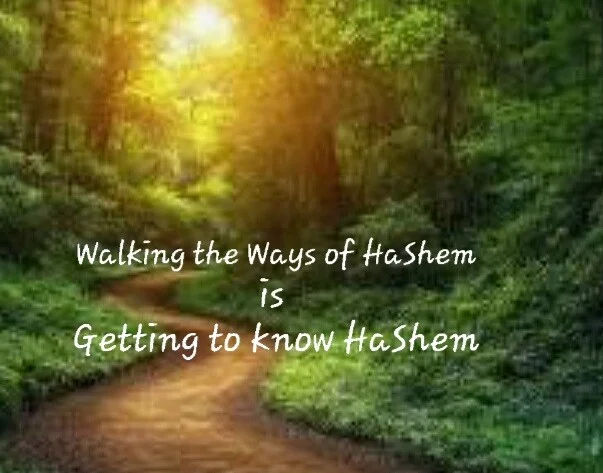Shabbat Mishpatim
- WireNews

- Jan 27, 2022
- 3 min read
Exodus Chapters 21 -25 - What happened at Sinai?
by Rabbi Jeremy Rosen

This week we have a good example of how differently one can look at the Torah if we look beneath the surface. We are given a list of rules and regulations we might call civil laws.
Almost all of them can be found in earlier Mesopotamian codes such as Hammurabi’s (around the time of Abraham). But the crucial difference is that in the Torah every citizen is treated equally under the law. In all the other codes upper classes always received preferential treatment in contrast to lower classes and men over women. The Torah offers a new system treating everyone civilly, even if there are differences ceremonially. This is why at Sinai we are called a Nation of Priests. We all can be holy in our way.
After these laws, the Torah returns to the Sinai Revelation as if to remind us that over and above a civil code there are higher moral and ethical values. But there are differences between Exodus 19 and here, in Exodus 24 in the way the Torah describes the Sinai Revelation.
In the first version, Moses and Aaron go toward the mountain leaving everyone else down at the bottom and Moses proceeds further up to the summit. But the second narrative refers to Aaron and his sons Nadav and Aviu together with the elders advancing part of the way up the mountain and the rest standing back at the base. And Moses sends the young men to offer sacrifices. Then “ They saw the God of Israel and at the base, it was like bright sapphire and a pure as the heavens.” This is strange since we are told that God has no physical form, so it must be a metaphor. God did not react negatively. And they all sat down to eat and drink which implies that everyone took part in a huge celebratory meal.
If you look at the first version the emphasis is on the preparation for the event. Moses confirmed the covenant between God and Israel and then went up the mountain to receive the Tablets of Stone. This is where the actual text of the Ten Commandments is given and so it is the primary source.
The second version involves expanding the number of priests and leaders who can go further up the mountain; Aaron’s sons, the elders, and another group of nobles, perhaps the tribal leadership as well as the young men. The text here is more concerned with how they all experience the Revelation and how they respond by heightened awareness, of life and other people. How they related the spiritual to daily life. There is a third version after the Golden calf debacle, in which Joshua plays a significant role.
Some might say these versions show that different scribes gave were giving their records or traditions of the event which were later edited into one text. And theoretically, that is one possible way of looking at the text. But we say that The Torah has seventy facets, not just one way of understanding it.
The Torah’s style of communication is to keep on repeating crucial events. Like an artist who adds layer upon layer of paint until you have the completed canvas in all its richness. A language is a limited form of expression. One often needs to go back and clarify which means that one changes the emphasis in one version, but we need the second to add other dimensions.
This was both a physical and a spiritual event. It involved the nation as a whole and each person who experienced it through their own senses from the highest ranks to the lowest. In this, they were all united for a while at least. Everyone can climb the mountain of spirituality, and it is up to us to decide to what extent we want to let Sinai influence our lives.
Shabbat Shalom and Hodesh Tov
Rabbi Jeremy
###
Jeremy Rosen was born in Manchester, England, the eldest son of Rabbi Kopul Rosen and Bella Rosen. Rosen's thinking was strongly influenced by his father, who rejected fundamentalist and obscurantist approaches in favour of being open to the best the secular world has to offer while remaining committed to religious life. He was first educated at Carmel College, the school his father had founded based on this philosophical orientation. At his father's direction, Rosen also studied at Be'er Yaakov Yeshiva in Israel (1957–1958 and 1960). He then went on to Merkaz Harav Kook (1961), and Mir Yeshiva (1965–1968) in Jerusalem, where he received semicha from Rabbi Chaim Leib Shmuelevitz in addition to Rabbi Dovid Povarsky of Ponevezh and Rabbi Moshe Shmuel Shapiro of Yeshivat Be'er Ya'akov. In between Rosen attended Cambridge University (1962–1965), graduating with a degree in Moral Sciences.








